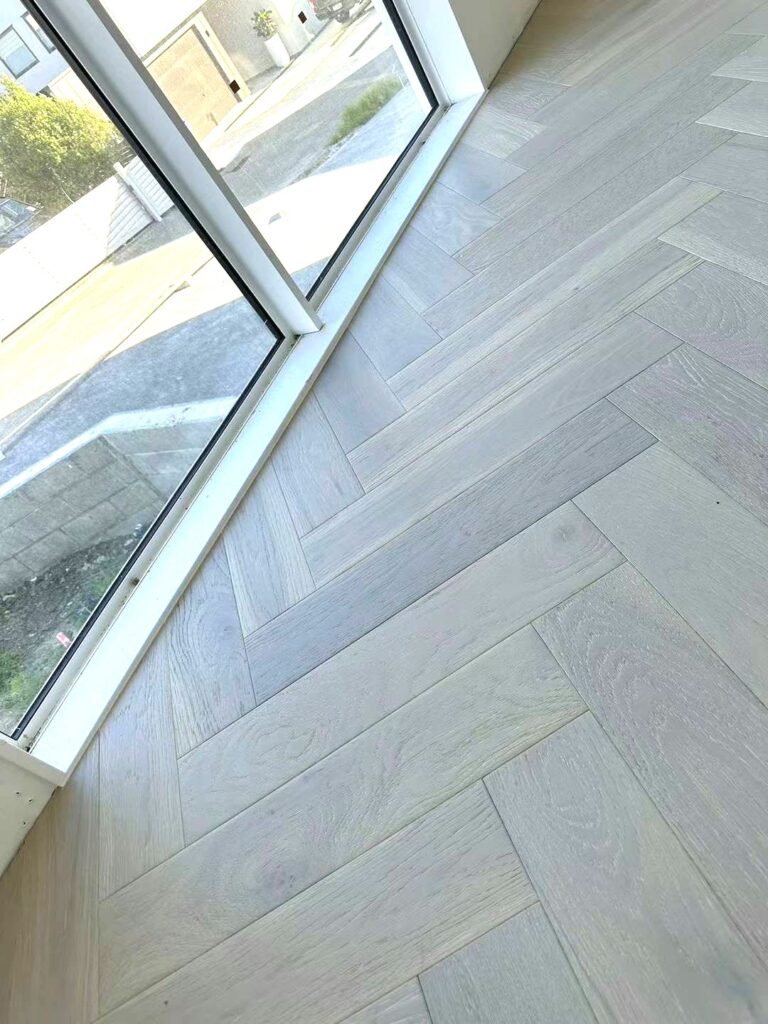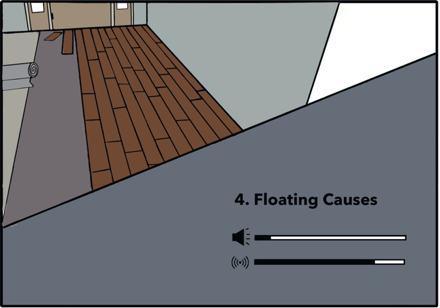When wood veneer flooring is installed, homeowners might notice minor discrepancies in height at the seams where the planks meet. This slight unevenness, while perhaps unexpected, is not unusual or indicative of poor installation. Rather, it is a natural outcome of working with solid wood, a material that inherently possesses unique characteristics due to its organic nature. Each plank of wood can react differently to the environment, leading to subtle variances in how they settle and align once laid down.

Solid wood flooring is particularly sensitive to changes in humidity and temperature. These environmental factors can cause the wood to expand or contract, a process that is entirely normal but can result in small gaps or slight unevenness at the plank joints. The degree of these changes can vary depending on the species of wood, the age of the wood, and the specific conditions within the home, such as the presence of heating, ventilation, and air conditioning systems, which can alter the indoor climate.
Despite the precision of modern woodworking and flooring installation techniques, completely eliminating these minor imperfections is nearly impossible. Wood is a dynamic material; it ‘lives’ and ‘breathes’ with the environment, adjusting to moisture levels in the air by either absorbing or releasing moisture. This natural behavior of wood contributes to the slight undulations that can be observed at the joints after installation.

It is important for homeowners to understand that these minor height differences do not compromise the integrity or durability of the flooring. In fact, they underscore the beauty of using a natural material, with each plank telling a part of the story of the living tree from which it came. Over time, as the wood acclimates to its environment, some of these variations may become less pronounced.
Homeowners can take certain steps to minimize the impact of these natural wood movements. Maintaining a stable indoor humidity level can help reduce the amount of expansion and contraction the wood undergoes. This can be achieved through the use of humidifiers or dehumidifiers, depending on the climate and the time of year. Additionally, choosing wood species known for their stability and using high-quality underlayment during installation can also contribute to a smoother overall appearance.
In conclusion, while slight unevenness at the joints of solid wood flooring is a common and natural phenomenon, it highlights the organic beauty and character of wood as a flooring material. By understanding and embracing these characteristics, homeowners can appreciate the unique qualities that solid wood floors bring to a space, enhancing its warmth and natural appeal.




